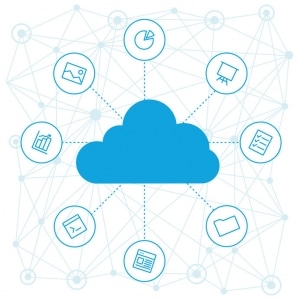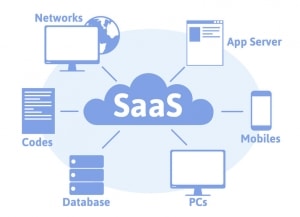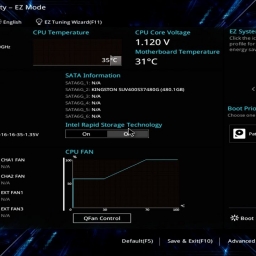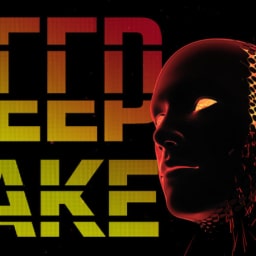Cloud As A Service

In a previous blog post, we discussed cloud infrastructure and the 4 cloud deployment models. Today we are going to dive a little deeper and discuss cloud computing services. Since they are built on top of each other, they are often called the cloud computing stack. There are 4 primary cloud computing services: Infrastructure as a Service (IaaS), Platform as a Service (PaaS), Software as a Service (SaaS), and Function as A Service (FaaS).
These services are offered by public cloud service providers like Microsoft, Google, and Amazon, although it is possible to implement each service as a private cloud model. The services lower costs for companies by allowing them the flexibility to only pay for what they need and relying on the providers for management and maintenance. In addition to lower costs, cloud services offer easy scalability and fast deployment on demand.
The 4 Cloud Services

- Infrastructure as a service (IaaS) is the foundation of the cloud computing stack. IaaS provides virtualized IT infrastructure for customers to rent on a pay-as-you-go basis. This infrastructure can include servers, networks, storage, operating systems, and virtual machines. The entire infrastructure is managed over the internet by the cloud service provider. Each infrastructure component can be sold separately so customers only pay for what they need. While you wouldn’t have control over the physical hardware, you do control the software that you can install and configure in the infrastructure. This offers a dynamic scaling solution to meet increasing business demands.
- Platform as a service (PaaS) is the next layer of the cloud computing stack. PaaS offers a complete development environment and tools to host, build, test, deploy, manage, and update software applications. The same basic infrastructure as IaaS is included here as well but it also delivers development tools, database management tools, and more. PaaS is especially helpful for remote development teams collaborating on a large development project over the internet. Like IaaS, PaaS removes the hurdle of building an infrastructure so customers can focus on developing applications efficiently.
- Function as a service (FaaS) removes all interactions between the customer and the infrastructure. The cloud service provider will automatically provision, scale, and manage infrastructure for you. This is why FaaS is also known as serverless computing. However, the customer does need to upload the function code into the cloud platform so it knows how they want it to provision resources when the code is executed. This approach enables teams to increase productivity and deliver software products faster.
- Software as a service (SaaS) is software applications delivered on-demand over the internet, typically through a subscription service. This is the cloud service that most home users will be the most familiar with. Examples include Google Apps (Docs, Sheets, Gmail) and Microsoft Office 365. The infrastructure, operating systems, maintenance, patches, etc., are all handled by the cloud provider. One of the biggest advantages is the ability to deliver a single software application to many users.
“The cloud” has become a ubiquitous term but there are still people that don’t understand it. Many of you reap the benefits of cloud computing every day even realizing it, both at home and at work. Cloud computing has been integrated into how you watch movies, play games, listen to music, send emails, and so much more.















